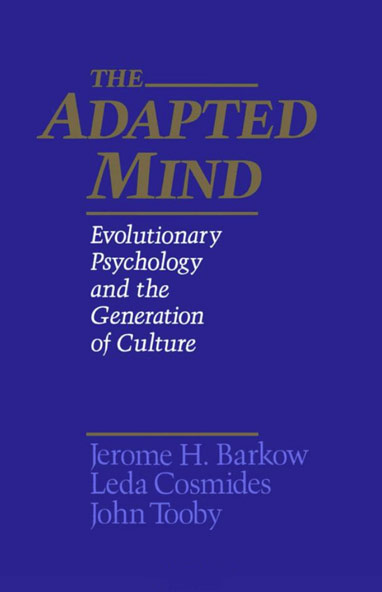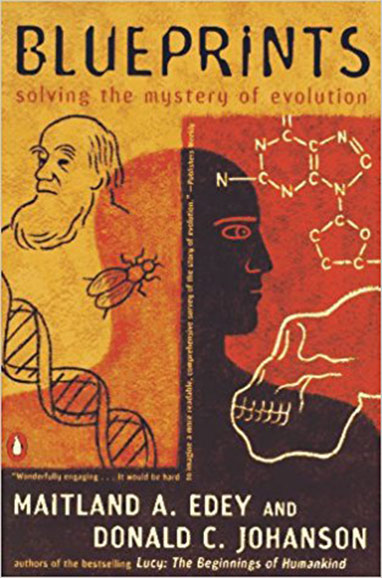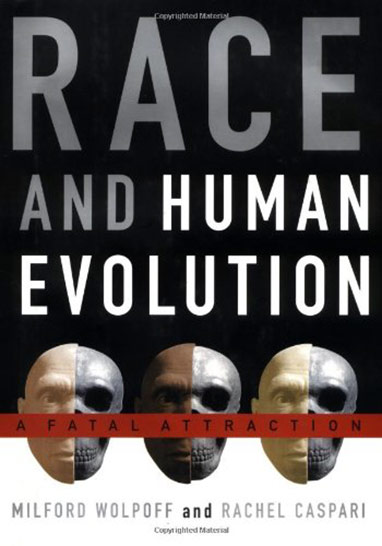The Human Journey Library» She Has Her Mother’s Laugh

She Has Her Mother’s Laugh
The Powers, Perversions and Potential of Heredity
Carl Zimmer
In this wide-ranging and extensively researched book, science writer Carl Zimmer takes an up-close-and-personal look at the phenomenon of heredity, our understanding of how it works and the potential of that understanding to improve our lives. The result is an eye-opening treatment of a complex and nuanced topic that’s fundamental to the question of who we are and how we got that way.
Categories: Genetics and Human Evolution, Our Contributors' Book Reports
- All Books by Section
- Our Contributors' Book Reports
- Books Referenced in Human Journey Sections:
- Journey of the Human Mind
- Discovering Our Distant Ancestors »
- The Evolution of Language
- Ideas that Shaped Our Modern World »
- Paleolithic Beginnings
- Connecting with the Gods
- Axial Age Thought
- Origins of Christianity
- Origins of Islam
- The Journey of Classical Greek Knowledge to the Western World
- Stories and Storytelling
- Tools and the Development of Contemporary Society »
- A Sustainable Planet
- The Changing World Economy »
- Health and Education in the Modern World »
- Our Mind in the Modern World





